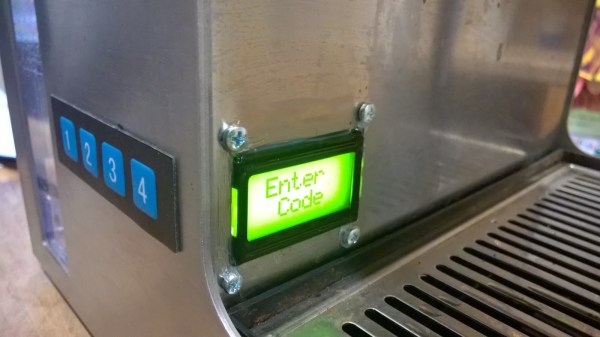There are a surprising number of Raspberry Pis being used in industrial equipment. This means the Arduino is left behind, but no longer. There’s your PLCs that use Arduinos.
A few weeks ago, Google introduced a machine intelligence and computer vision technique that made the world look psychedelic. Now, this library is available. On another note, head mounted displays exist, and a sufficiently creative person could mash these two things together into a very, very cool project.
Welcome to Kickstarter! Kickstarter is an uphill battle. People will doubt you because you don’t have a ‘target audience’ or ‘the rights to this franchise’ or ‘any talent whatsoever’, but that’s what crowdfunding is for!
Several years ago, Apple shipped a few million 17″ iMacs with defective displays. They’re still useful computers, though, especially if you can find a replacement LCD. Apple, in all its wisdom, used a weird connector for this LCD. Here’s the adapter board, and this adapter will allow displays running up to 1920×1200.
[Jan] has earned a reputation of building some very cool synths out of single ARM chips. His previous build was a Drumulator and now he’s shrinkified it. He’s put four drum sounds, pitch CV, and audio out on an 8-pin DIP ARM.
YouTube gives you cadmium! [AvE], recently got 100,000 subscribers on his YouTube channel. Apparently, YouTube sends you a terrible belt buckle when you manage to do that. At least he did it without playing video games and screaming.


















